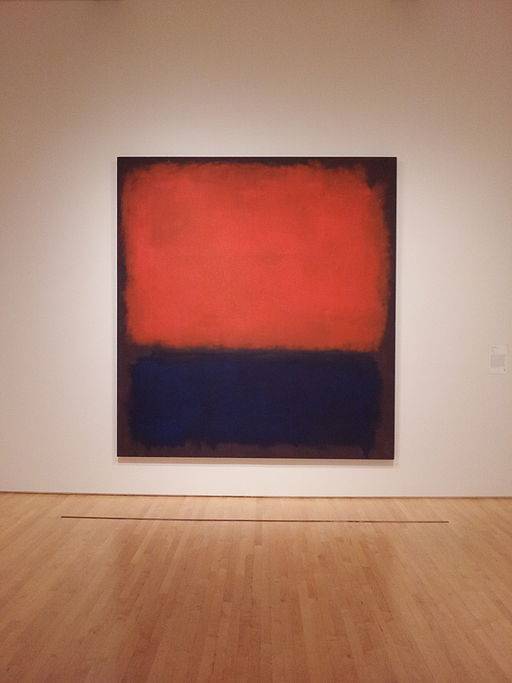“We favor the simple expression of complex thought.” – Mark Rothko
Movement is magical. The founder of CrossFit, Greg Glassman, alluded to this when stating, “The magic is in the movement.” Indeed this is true. In fact, it can be said it is the mastery of movement in which the magic really lies.
Virtuosity is mastery of movement. It is defined, in gymnastic terms, as the degree of artistry, or the degree of rhythm and harmony, displayed when a movement is executed to its maximum in terms of style and elegance. In general, the more gracefully flowing and seamless a series of skills appears to be, the greater the virtuosity and the higher the score.
Thus virtuosity, based on the artistic value of a movement, is not a science. It is not attained simply when all mechanical boxes are ticked. However, this is not to say there are not scientific reasons for its pursuit.
Perhaps the most obvious starting point in these reasons is the avoidance of unnecessary injury and imbalances. That is to say, for any particular skill, injury that could be prevented through utilization of the most relevant muscles in a “flowing and seamless” order. Deviation from this flow of efficient movement can, over time, lead to compensatory musculatory imbalances. These imbalances may only be realized when the athlete “hits a wall” with progression, which can only be surpassed by refining technique.
On the other hand, virtuous movement builds balanced strength. This ensures that progress is sustainable and continual. By being virtuous with form and always chasing the very best technique, physical and neurological capabilities will increase more or less in line with the improvements in technique, thus creating scalable improvement.
This concept can be taken outside the gymnastics arena and applied to absolutely any sport or movement-based domain. In every conceivable movement-based methodology, foundational movement done with precision and fluidity is a base for sustainable progression and advancement. This continual progression itself forms a reason for the constant pursuit of virtuosity.
It is up to the athlete to keep working at their own pursuit of virtuosity, but up to the coach not only to assist in the technical pursuit but also to instill a culture of perfection with both the individual and the gym community. Virtuous movement is self-replicating. It is more of an insight to new members to see a room full of virtuous movement than any words of a coach will ever be able to explain.
 Artist Mark Rothko stated, “We favor the simple expression of complex thought.” Indeed his art is a simple way of expressing the complex subject of virtuosity. Whilst I am no art historian, Rothko’s own art is beautiful in its simplicity. This beauty is perhaps intangible, but evident in abundance when witnessed in person.
Artist Mark Rothko stated, “We favor the simple expression of complex thought.” Indeed his art is a simple way of expressing the complex subject of virtuosity. Whilst I am no art historian, Rothko’s own art is beautiful in its simplicity. This beauty is perhaps intangible, but evident in abundance when witnessed in person.
This article itself is the author’s attempt at creating a somewhat virtuous explanation of the importance of virtuosity. Perhaps a parallel can be drawn through the note that this pursuit of perfection was not an easy challenge to undertake, and is certainly not fully accomplished, but is a best possible expression of mastery of concept at this particular point in time.
The magic then, lies in this current mastery of concept and movement. Strive to unravel the mystery of mastery of magical movement and the future, your future, is limitless.
Photo 1 courtesy of Shutterstock.
Mark Rothko photo by Notnarayan (Own work) [Public domain], via Wikimedia Commons.






